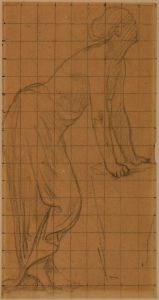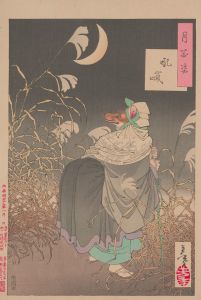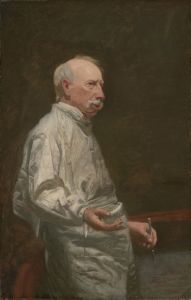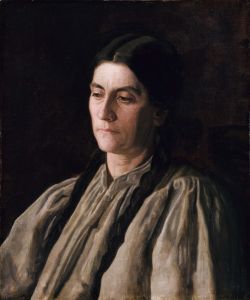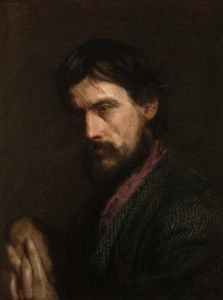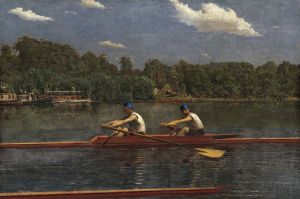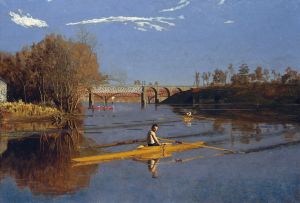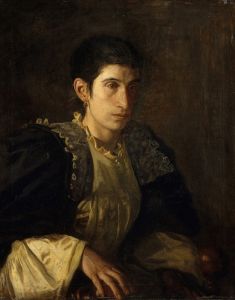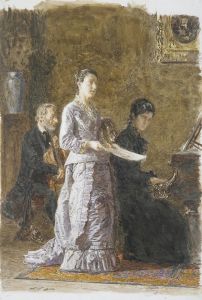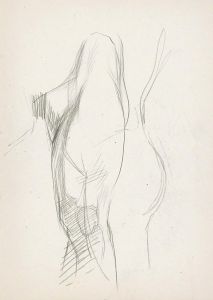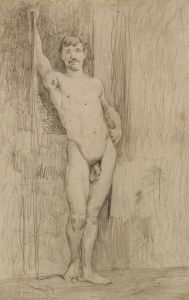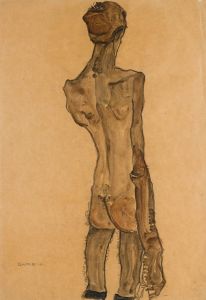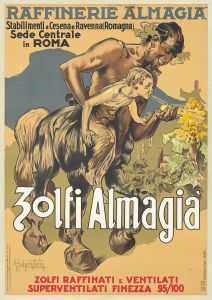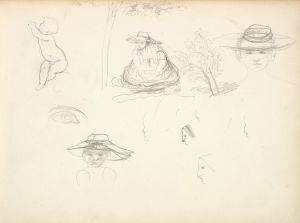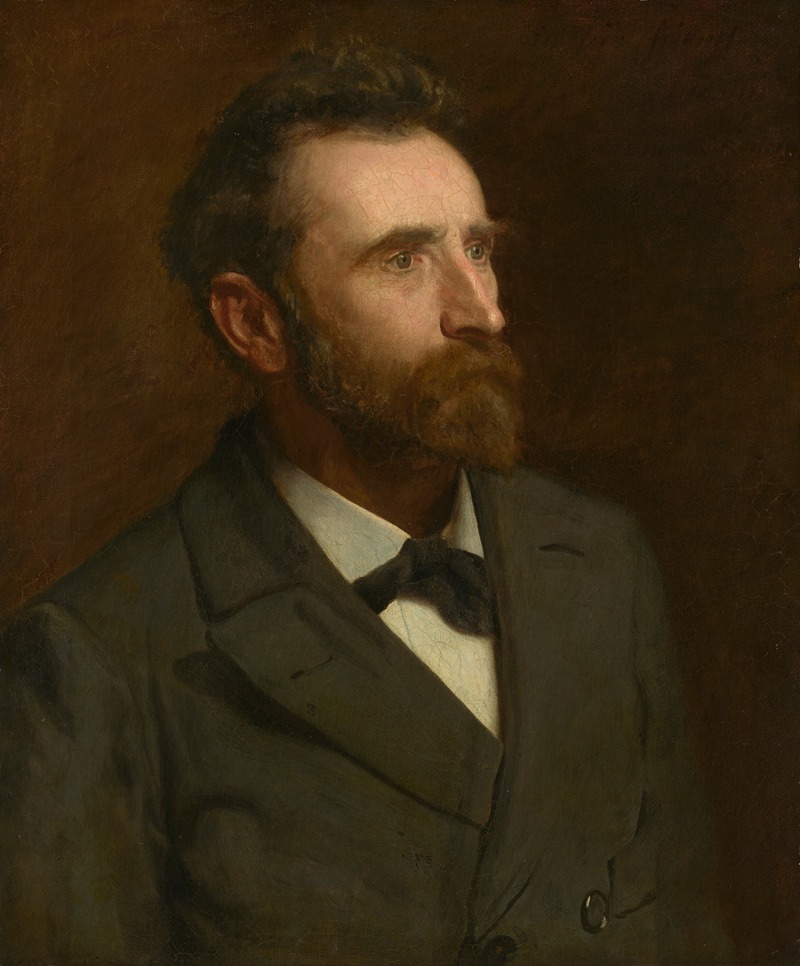
Louis Husson
A hand-painted replica of Thomas Eakins’s masterpiece Louis Husson, meticulously crafted by professional artists to capture the true essence of the original. Each piece is created with museum-quality canvas and rare mineral pigments, carefully painted by experienced artists with delicate brushstrokes and rich, layered colors to perfectly recreate the texture of the original artwork. Unlike machine-printed reproductions, this hand-painted version brings the painting to life, infused with the artist’s emotions and skill in every stroke. Whether for personal collection or home decoration, it instantly elevates the artistic atmosphere of any space.
"Louis Husson" is a painting by the American artist Thomas Eakins, known for his realistic portrayal of subjects and his contributions to American art in the late 19th and early 20th centuries. Eakins, born in 1844 in Philadelphia, Pennsylvania, is often celebrated for his dedication to realism and his innovative approach to capturing the human form. He is considered one of the most important American artists of his time.
The painting "Louis Husson" is a portrait, a genre in which Eakins excelled. His portraits are noted for their psychological depth and meticulous attention to detail. Eakins often chose subjects from his personal life, including friends, family, and colleagues, reflecting his interest in capturing the essence of individuals he knew well.
Thomas Eakins studied at the Pennsylvania Academy of the Fine Arts and later in Paris, where he was influenced by the realism of artists like Jean-Léon Gérôme. Eakins's approach to art was deeply rooted in his belief in the importance of studying anatomy and the human figure, which he often incorporated into his teaching methods when he returned to the Pennsylvania Academy as an instructor.
The subject of the painting, Louis Husson, was likely someone Eakins knew personally, although specific details about Husson's life and his relationship with Eakins are not widely documented. This lack of detailed historical records about Husson is not uncommon, as many of Eakins's subjects were everyday people whose lives were not extensively chronicled.
Eakins's technique in "Louis Husson" would have involved careful observation and possibly the use of photography, a tool he often employed to aid in achieving accurate depictions. His use of light and shadow, as well as his attention to the textures of skin and fabric, are characteristic of his style and contribute to the lifelike quality of his portraits.
Throughout his career, Eakins faced both acclaim and controversy. His insistence on studying the nude human form and his use of photography in art were subjects of debate among his contemporaries. Despite this, his work has had a lasting impact on American art, and he is remembered for his commitment to realism and his influence on future generations of artists.
While "Louis Husson" may not be as widely recognized as some of Eakins's other works, such as "The Gross Clinic" or "The Agnew Clinic," it nonetheless exemplifies his skill in portraiture and his dedication to capturing the human experience. Today, Eakins's paintings are held in high esteem and are featured in major art institutions across the United States, where they continue to be studied and appreciated for their artistic and historical significance.





